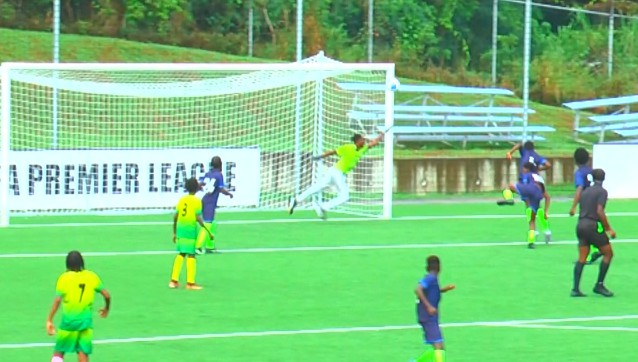West Indies Gain Late Advantage Over Australia on Day 2 of Second Test
The second day of the second Test between West Indies and Australia at St. George’s, Grenada, witnessed a dramatic shift in momentum, with the West Indies bowlers, particularly Jayden Seales, making significant inroads into the Australian batting lineup after a painstaking first innings effort. Having been dismissed for 286 on the first day, Australia found themselves precariously placed at 12-2 at stumps on day two, holding a slender lead of just 45 runs. This precarious position was largely due to the fiery spell of Seales, who removed both Australian openers in quick succession, leaving the visitors reeling.
The West Indies first innings, lasting almost the entire day, saw them eventually bowled out for 253. While this represented a 33-run deficit, their resilient batting performance, particularly in the lower order, set the stage for the late drama. Brandon King, playing in just his second Test, anchored the innings with a maiden half-century, his 75 runs laced with eight boundaries and three sixes. Crucially, the last four wickets added 73 valuable runs, frustrating the Australian bowlers and narrowing the deficit considerably. This lower-order resistance proved critical in setting up the West Indies bowlers to attack a potentially fragile Australian top order under pressure.
Seales’ impact was immediate and devastating. He bowled Sam Konstas for a duck in the very first over and followed that up by trapping Usman Khawaja lbw for just 2 runs. The quick dismissals of the openers exposed Australia’s top-order vulnerabilities, leaving them with a daunting task ahead. Cameron Green, surviving a close call early on, and nightwatchman Nathan Lyon battled through to stumps, but the damage had been done. The Australians, having dominated the first day, were now firmly on the back foot, facing a challenging third day.
The struggles of the Australian top order have been a recurring theme in this series. Konstas’ third single-digit score in four innings underscored his struggles in the Caribbean conditions. Similarly, Khawaja’s lean run continued, with his low scores in this Test adding to his woes following the World Test Championship final. Green, too, has yet to find his rhythm on tour, further adding to Australia’s top-order concerns. The West Indies bowlers, sensing this vulnerability, exploited it fully, creating immense pressure and ultimately claiming crucial wickets.
The West Indies, despite their own top-order struggles, showed greater resilience in their first innings. While Kraigg Brathwaite, playing his 100th Test, fell for a duck and both Keacy Carty and John Campbell departed cheaply, the middle and lower order rallied to minimize the damage. King’s composed half-century, along with valuable contributions from Roston Chase, Shai Hope, and the lower-order batsmen, enabled the West Indies to post a respectable total and keep the match within their grasp.
The second day’s play highlighted the contrasting fortunes of the two teams. While the West Indies bowlers, spearheaded by Seales, extracted significant movement and troubled the Australian batsmen, the Australian bowlers, despite taking all ten wickets, toiled hard for their rewards. Lyon, the pick of the Australian bowlers with 3-75, found himself overshadowed by the late heroics of Seales and the resilient West Indies batting. The match is now delicately poised, with the West Indies holding a slight advantage going into the third day. Their bowlers will be looking to exploit the fragile Australian top order further, while the Australian batsmen will face the daunting task of rebuilding their innings and setting a challenging target.
Share this content:












Post Comment